
|
Canela leaves
|
In the Brazilian Amazon this particular extensive family of trees is referred to as Canela or Caneleiro. Canela is the Portuguese word for Cinnamon. The leaves are thus called “Folha de Canela” or in English Cinnamon leaf. They make a light flavoured very nice aromatic tea that reminds of Cinnamon. |
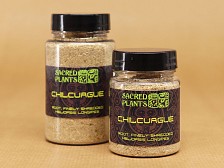
|
Chilcuague root
|
A rare plant used in traditional Mexican cuisine and remedies. The root and the tincture of the root gives a very strong tingling electric sensation in the mouth. The plant produces saliva in the mouth, facilitating the production of beneficial bacteria.This root is used to produce our hugely popular Chilcuague spray and can be used to make your own infusion. |
2 Forms |
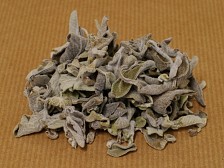
|
Cretan Sage
|
Sage has one of the longest histories of use of any culinary or medicinal herb. Harvested in the wild, Faskomilo sage is found in most Greek households. Interestingly, it is used as incense similar as White Sage (Salvia apiana) |
2 Forms |
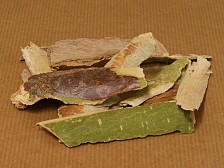
|
Emburana bark
|
Emburana (Amburana cearensis). |
3 Forms |
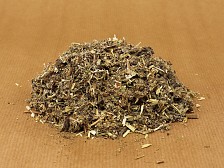
|
Mugwort
|
Mugwort is also known as “Dreamweed” for its unique ability to stimulate dreams. It is renowned as a smudging herb for its subtle, sweet scent and dream-inducing qualities. It has a long history of use in the Pagan tradition and is still used in modern-day Pagan magical practices as incense and for smudging or spell work. |
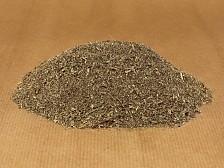
|
Muna
|
Muna is a very tasty mint-like tea and an excellent aphrodisiac. |
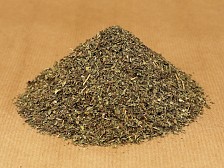
|
Peppermint leaves
|
Of the members of the Mint family under cultivation the most important are the several varieties of the Peppermint (Mentha piperita), extensively cultivated for years as the source of the well-known volatile oil of Peppermint, used as a flavouring and therapeutic agent. |
2 Forms |
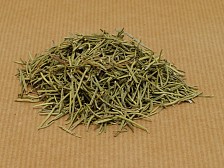
|
Rosemary
|
Rosemary is an evergreen perennial shrub, best known for its strongly aromatic, needle-like evergreen leaves. The flowers are purplish white and strongly two-lipped, and have two long-exserted (protruding) stamens. The fruit consists of four dry nutlets (one-seeded sections). |
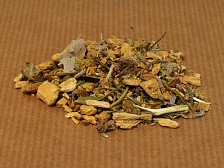
|
Sahumerios bath & smudge blend
|
Sahumerios is the name given to a mixture of fragrant woods, flowers and herbs, to be used as a ceremonial incense or herbal bath. It consists of mainly Palo Santo (Bursera graveolens), with addition of a multitude of other aromatic and ingredients. |
2 Forms |
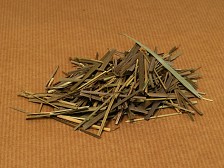
|
Sweetgrass
|
The genus Hierochloe has a long association with holy ceremonies. The name comes from the Greek "Hieros", meaning sacred, and "Chloë", meaning grass or holy-grass. In Northern Europe it was placed in front of churches on Saints’ days. Throughout North America, First Peoples appreciated Sweetgrass for the scent. |
3 Forms |
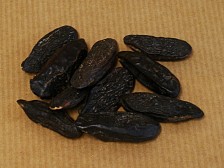
|
Tonka Beans
|
The bean from this tree has its origin in the forests of Brazil and British Guiana where it is called "Rumara". It is used in perfumery as well as in Rapé preparations, in seed or ash form. |
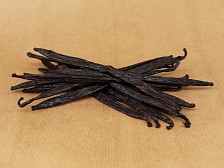
|
Vanilla
|
Vanilla is a genus of Orchids native to Central America. Vanilla is the only edible fruit of the Orchid family, the largest family of flowering plants in the world. It is also the second most expensive spice after Saffron, due the extensive labor of the harvest. |
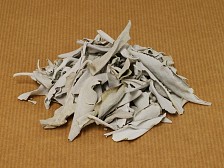
|
White Sage
|
White Sage is primarily used as an incense, and is burned to give a general sense of well-being as well as to drive away specific ailments. Several species are called "Sage" and burned in this fashion, most of them in the Mugwort genus. |